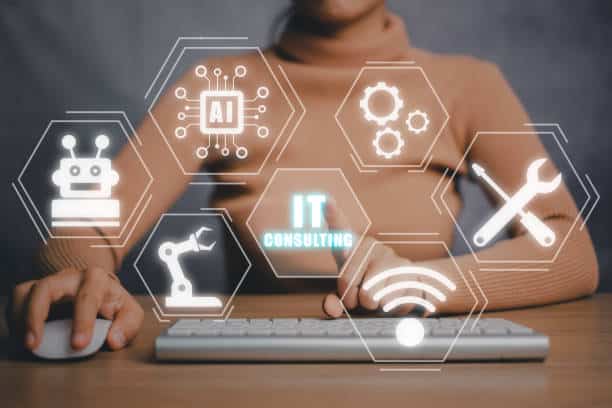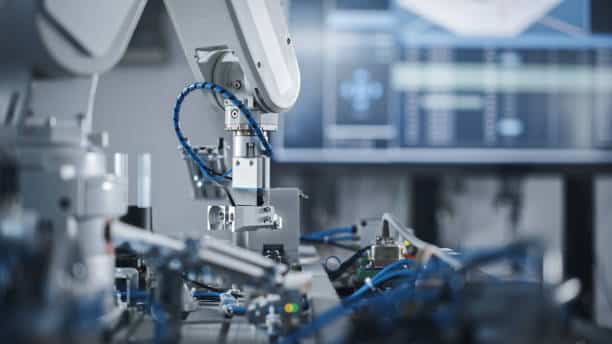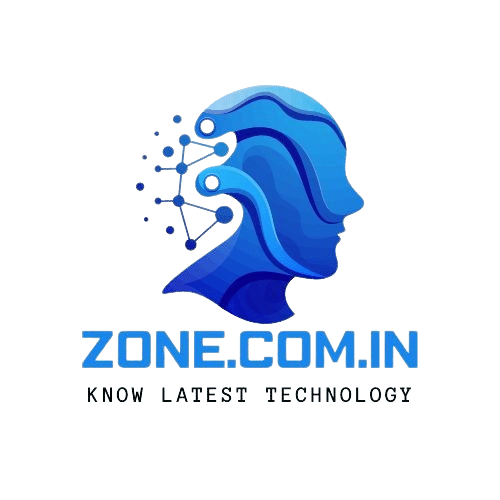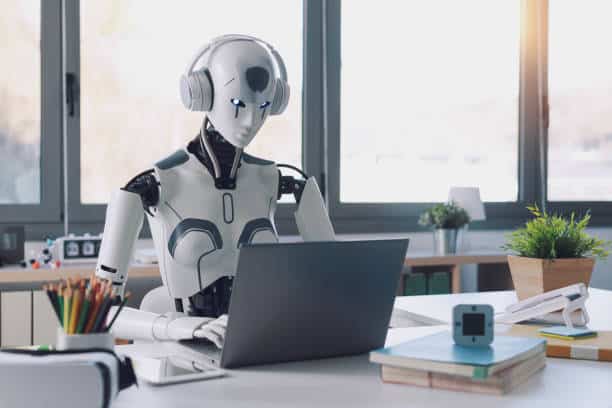Information technology (IT) advancements are largely to blame for the profound shift in the work environment. The modern workplace will be affected in many different ways as businesses adjust to a more digital world. IT is reshaping how, where, and when we work, with everything from advanced data analytics to remote work capabilities. The opportunities and challenges that lie ahead are discussed in this article, which looks at ten key areas where IT is revolutionizing the workplace.
The rise of remote work and telecommuting is one of the most significant changes in the workplace, and the COVID-19 pandemic has accelerated this trend. This shift has been made possible by IT, which has provided employees with the tools they need to work virtually anywhere. Project management software like Asana and video conferencing platforms like Zoom have become essential for sustaining productivity and communication outside of the traditional office setting.
In addition to altering daily routines, this shift has expanded employers’ talent pool, enabling them to hire from a global workforce. However, it also presents difficulties, such as ensuring cybersecurity, effectively managing remote teams, and sustaining employee morale and engagement.
Businesses

Operations have been fundamentally altered by cloud computing. It has made information more accessible and collaboration easier by allowing businesses to store and access data online. Services like Google Cloud, Microsoft Azure, and Amazon Web Services (AWS) provide scalable solutions that can be tailored to meet the requirements of businesses of any size.
Cloud computing’s adaptability and scalability make it possible for businesses to respond quickly to shifting requirements, accommodate remote work, and save money on the upkeep of physical servers. When utilizing cloud technologies, businesses must address concerns regarding data privacy, security, and compliance despite their benefits.
Machine Learning and Artificial Intelligence (ML)
The workplace is being transformed by AI and ML, which automate routine tasks, improve decision-making procedures, and provide insights through data analysis. Tools with AI can handle customer service inquiries, enter data, and even help with hiring processes by screening resumes and evaluating candidates.
Also, AI and ML are being used to predict market trends, make supply chains work better, and make customer experiences more personalized. Even though these technologies have many benefits, they also raise ethical issues about the loss of jobs, bias in algorithms, and the openness of AI decision-making processes.
Cybersecurity
The threat landscape changes as businesses’ digital footprints grow. In today’s workplaces, cybersecurity has become a major concern, with IT playing a crucial role in protecting sensitive data. Cyberattacks have the potential to cause significant financial losses, harm to a company’s reputation, and regulatory sanctions.
Multi-factor authentication, encryption, and intrusion detection systems are just a few of the advanced cybersecurity measures being put into place by businesses. To reduce risks, employee training on cybersecurity best practices is also essential. In spite of these efforts, the constantly changing nature of cyber threats necessitates constant vigilance and new security protocols.
Big Data and data analytics
The ability to collect and analyze a lot of data has changed business strategies and procedures. Companies are able to identify trends, identify growth opportunities, and make decisions based on empirical evidence thanks to data analytics. Data processing and visualization are common applications of Tableau, Power BI, and Hadoop.
Big Data is especially useful in marketing, where it can be used to learn about customer preferences and behavior, and operations, where it can improve supply chain efficiency. However, managing and protecting this data, ensuring compliance with data protection laws, and addressing privacy concerns are the challenges.
Tools and Platforms for Collaboration

In today’s workplace, effective collaboration is essential, and IT has provided a plethora of tools to make this possible. Project management and seamless communication are made possible by platforms like Microsoft Teams, Slack, and Trello, allowing teams to collaborate more effectively regardless of where they are located.
A more integrated and connected work environment is created by these tools, which support instant messaging, video calls, document sharing, and other forms of interaction. Despite this, businesses must manage digital overload, ensure proper use, and cultivate a culture that balances technology and human interaction due to their reliance on digital tools.
Internet of Things (IoT)
The Internet of Things (IoT) is connecting systems and devices in a way that has never been done before, making workplaces smarter and more responsive. Smart office equipment that reduces energy consumption and wearable devices that track employee health and safety are two examples of IoT applications.
IoT can improve operational efficiency in industrial settings by providing real-time data on equipment performance and maintenance requirements. Concerns about data security, the difficulty of managing interconnected devices, and the potential for over-reliance on technology are also raised by the IoT’s integration into the workplace.
The technologies known as augmented
Reality (AR) and virtual reality (VR) are still in their infancy but have the potential to alter customer interactions, collaboration, and training. The ability of augmented reality (AR) to overlay digital data on the real world aids in tasks like equipment repair and design visualization. Virtual reality (VR) offers immersive experiences for virtual meetings, customer engagement, and training simulations.
Adoption of these technologies necessitates significant investment and technical expertise, but they provide novel solutions to challenging issues. In addition, businesses must take user experience into account, ensuring that augmented reality and virtual reality applications are user-friendly and increase productivity rather than serve as novelty items.
Automation and Robotics

A growing number of industries are incorporating automation and robotics to cut costs and increase efficiency. These technologies are reshaping the workforce. They range from advanced robotics in manufacturing to robotic process automation (RPA), which handles repetitive administrative tasks.
Increased productivity, a reduction in human error, and the capacity to concentrate human labor on more challenging and inventive tasks are among the advantages of automation. However, employees must be retrained and upskilled, job displacement must be addressed, and the ethical implications of automation must be managed during the transition to an automated workplace.
Blockchain Technology
Supply chain management, secure transactions, and identity verification are just a few of the uses for the blockchain technology, which is best known for its role in cryptocurrencies. Due to its decentralized and transparent nature, the integrity and security of data make blockchain a useful tool for businesses looking to increase trust and decrease fraud.
By providing a secure and immutable record of transactions, blockchain can streamline processes in the workplace, such as contract management and compliance tracking. The widespread use of blockchain faces difficulties, including technical complexity, regulatory uncertainty, and the requirement for standardization, despite its potential.
Conclusion
Rapid advances in information technology are shaping the workplace of the future, providing unprecedented opportunities for creativity and productivity. The challenges posed by technological adoption must be balanced as businesses navigate this changing landscape. To fully utilize IT in the modern workplace, it is essential to ensure cybersecurity, control the impact on the workforce, and address ethical concerns. Organizations will be able to create a workplace that is more adaptable, productive, and resilient in the future if they carefully and strategically embrace these changes.

